
Kids at the Studio; Lombok for families
From impromptu lessons with locals, to bathing in spring water pools and kayaking through rushing canyons, Indonesia is nothing but intrigue and imagination for kids.
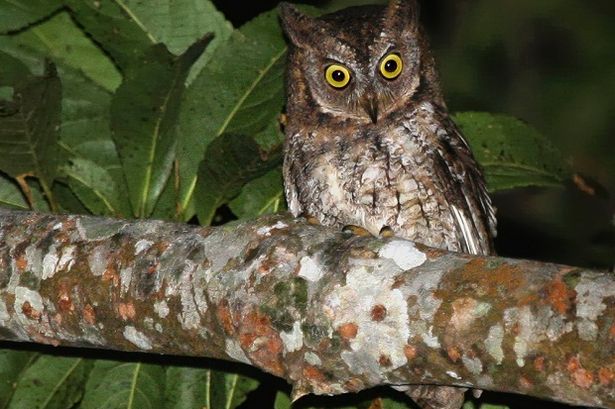
The Studio is a wonderful location for birds and butterflies. And for those who like to observe them. The two Studios and Villa Laras have been designed to minimize the barrier between indoor and outdoor environments. Open terraces sit at tree height offering guests a birds-eye view of life outdoors. And guests often do find themselves eye-to-eye with a yellow vented bulbul, a swallow, a passing Brahmini Kite, a bat or a bird-winged butterfly. In this sense, the Studio is like a giant, live-in bird-hide.
The garden has been planted with ornamentals and fruit trees, but mainly we have left what was already there to grow: patches of scrub and pagoda flowers attract butterflies, flowering acacias, coconut palms and a range of local trees and shrubs attract a variety of birds. No chemicals are used in the natural garden and a creek and water features provide a further attraction to our avian friends.
Our garden is populated with the yellow-vented bulbul (the locals call them cerucuk, a name I prefer) and loads of swallows. We also see bee-eaters, pretty little sunbirds, a pair of pied trillers, oriental white eyes, finches, kingfishers (two varieties at least), and the now-famous Rinjani Scops Owl (see below for notes on the owl and kingfisher). Overhead we get Brahmini kites and white bellied sea eagles and, over the ocean in the distance, frigate birds.
The article below is from the Lombok Guide about a newly-identified owl species discovered in Lombok recently.
“It is not every day that a new species of bird is discovered. Especially one as large as an owl. And especially one that is living, literally, in our backyard – here in Lombok!”
Back in December 2012, I received an email from Alan Leishman, a guest at the Studio on the Hill near Senggigi. Alan had been staying in our villa for a couple of months and was recording his observations of birds and butterflies. Owls are most easily identified by their distinctive calls at night.
‘An owl can be heard every evening and early morning in the wooded area (100 m altitude), around the Studio, The Hill, Batu Layar, near Senggigi, Lombok, Indonesia, from our arrival on the 6th of November, 2012, until today, 5th December,’ Alan wrote.
‘The voice is a single note repeated at a few seconds (often 8 seconds) interval.’ But the owl’s call was unlike any of those mentioned in the scientific literature on birds in Lombok. Alan had found a bird which did not match the description of any known species. ‘This needs some more research to identify the bird in question,’ he wrote.
Two months later, headlines around the world announced the discovery of the Rinjani Scops Owl on Lombok. A group of scientists published their findings online (www.plosone.org). The owl, unique to Lombok, is common in Rinjani National Park and coastal foothills. The researchers recorded the bird’s territorial song in five locations, including Senggigi.
After an exchange of emails with George Sangster, one of the scientists from Stockholm University, we confirmed that the bird in our garden, identified by Alan, is indeed the newly-discovered Rinjani Scops Owl. Alan recorded the owl’s call and we sent it to a bird authority in Bogor for verification.
The challenge now is to get a photograph of the elusive bird. The front terrace of the Studio is ideal for bird-watching, located at tree-level in a wooded area of the Hill, near Senggigi. We played the bird’s call through a loud-speaker in the early evening. After a few minutes, the owl responded from nearby. In this way we hoped to attract it. If it flew into the trees in front of the Studio, we would be ready with a flashlight and a camera. After a series of lively conversations between the real owl and the recorded owl, we packed up for the evening. ‘Play the recording too often and the bird will become suspicious,’ we had been warned.
The next night a phone call sent Alan scurrying up the Hill to a neighbour’s house. A friend had spotted the owl perched in a rain-tree. But the bird flew away before a photograph could be taken. Alan did, however, get a photograph of a juvenile Rinjani Scops Owl, in the hands of a teenager at a warung on the Hill.
So, be prepared for an influx of birders and ‘twitchers’ in Lombok; and if you think you have the owl in your backyard, you can compare the call with that of the Rinjani Scops Owl. Download from: http://www.xeno-canto.org/species/Otus-jolandae
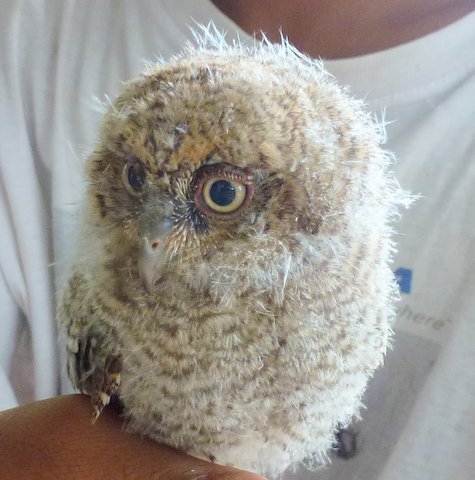
A note from Studio guest, Alan Leishman:
This is just to register with you my efforts to identify the Kingfishers in the gardens at the Studio. Like last time, it needs some more research, and I do not have the time since we leave next week, but maybe someone can investigate further, if you get some good birders visiting?
The birdsong heard on a daily basis at the Studio Villa, Batu Layar, Lombok at 100 m altitude from Nov. 2012 to March 2013, closely resembles the collared Kingfisher, which was also seen in flight occasionally. However the song differs in having a different second note alternating with the first for the first 5 to 10 notes.
Perhaps the Lombok Collared Kingfisher is a new species alongside the Rinjani Scops Owl, resulting from the prolonged isolation of Lombok as an island even during the last ice ages when land bridges reached as far as Bali from Asia and Sumbawa from Australia, but left Lombok insulated as an island and a future taxonomist’s treasure.
List of birds for Lombok: http://avibase.bsc-eoc.org/checklist.jsp?region=idlslo&list=clements
A second Kingfisher is suspected to be the Sacred Kingfisher, but its song and visual identity were not confirmed, as it was only seen briefly on a couple of occasions.
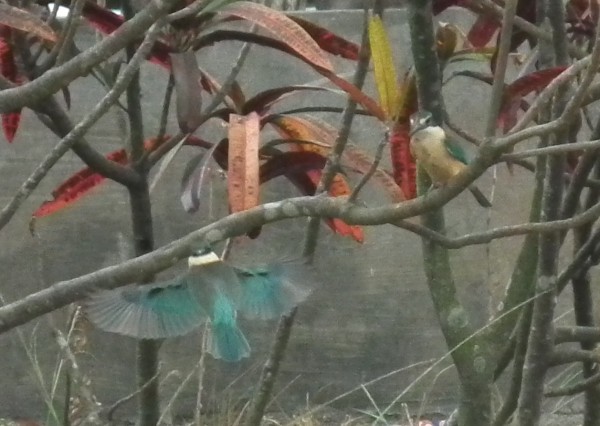
Butterflies of Indonesian Lowlands – Meryl Wilson, co-founder of the Kingfisher Ecolodge in Jimbaran, Bali.
Birds of Indonesia – Morten Strange
Burung-Burung di Kawasan Indonesia Wallacea, Sulawesi, Maluku dan Nusa Tenggara – Coates, Bishop, Gardner
Butterflies of Lombok, by Alan Leishman, 2013:
In his recent book Butterflies of Lombok , Alan Leishman has published over 200 of his photos in a 95-page, hard-cover book covering most of the 40 species of butterflies he identified during his stay.
Alan’s book is a useful lay reference for those interested in the subject, as a photographic backup to Meryl Wilson’s excellent 101 Butterflies of Indonesia Lowlands, which contains a full description of life cycles, plant foods, with coloured sketches. The book is on sale at Lulu.com for US$135
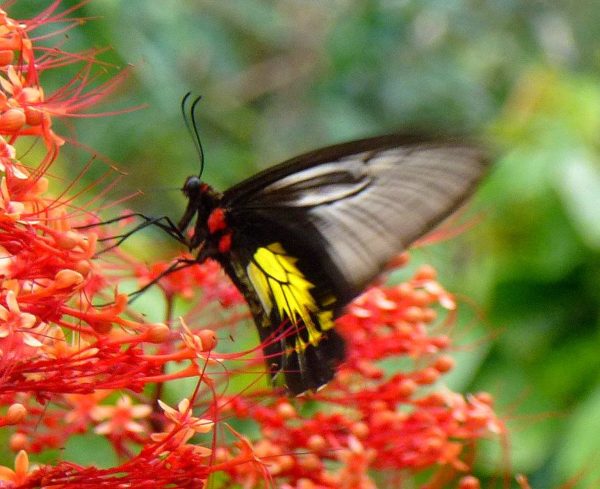
by Alan Leishman, 21st May, 2013
Locations:
The Studio: The Studio and surrounds on the Hill, Batu Layar, Lombok
RMG Rinjani Mountain Gardens
Keandangan Valley (north of Senggigi)
by Alan Leishman, 21st May, 2013
Locations:
The Studio: The Studio and surrounds on the Hill, Batu Layar, Lombok
RMG Rinjani Mountain Gardens
Keandangan Valley (north of Senggigi)

From impromptu lessons with locals, to bathing in spring water pools and kayaking through rushing canyons, Indonesia is nothing but intrigue and imagination for kids.
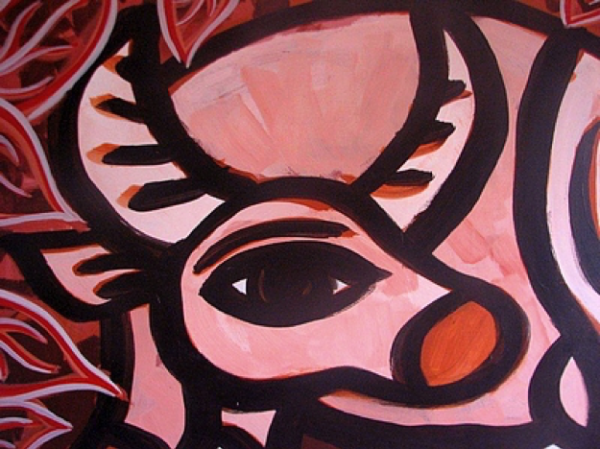
As well as being a family home and a guest house, the Studio was always envisaged as a refuge for nature and a retreat for artists. We welcome musicians, writers and artists. A number of exhibitions and small scale concerts have been held in the Studio to promote the work of local artists and musicians.
Our team is on hand to offer assistance and answer any questions.
Our team is on hand to offer assistance and answer any questions.
The Studio Lombok
Jalan Lembah, no.12.
Bukit Batu Layar
West Lombok, Indonesia, 83355